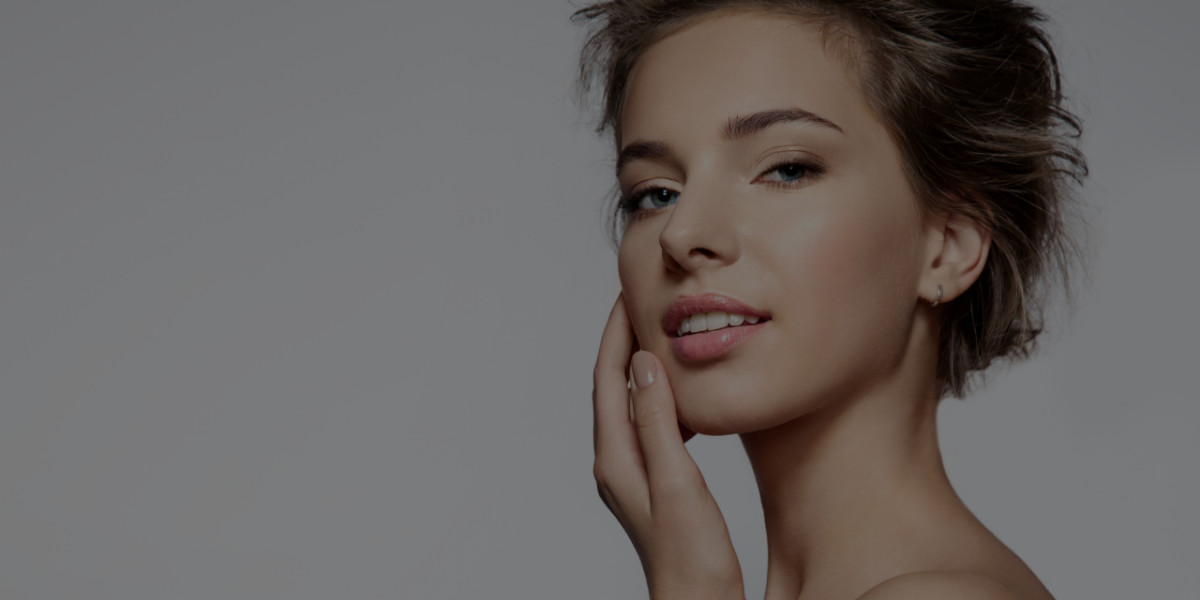Why Learn Skincare?
As a makeup artist, your clients look to you, not only for makeup know-how, but also as an expert on everything beauty related. Being able to offer skincare advice is impressive to clients and can increase their overall satisfaction with your service.
In the beauty industry, the reputation you hold amongst your customers has a huge impact on your career. As clients begin to use and see the results of your skincare recommendations, they are more likely to recommend your service to a friend.
Offering skincare consultations as an added service can broaden your customer base, help differentiate yourself from the competition, and boost your business.
Skin is also the foundation which you rely upon for every makeup application. As a makeup artist, the skin is your canvas, and every great makeup look starts with great skin! Having thorough skincare knowledge can improve your understanding of how different makeup products will look on different skin types, and can improve your makeup artistry skills.
Skincare for Makeup Application
Some tips:
- For dry skin, makeup may catch on rough patches and create a cakey, chalky look.
- When applying makeup on oily skin, the oil tends to break up the product and can create a streaky, muddy look. Oily skin can also cause makeup to wear off faster.
As you probably guessed, an understanding of tips like these can help you avoid makeup mishaps and can make the application process much smoother. Having knowledge about the different skin types and their side effects allows you to prepare the skin properly for long-lasting results.
As a makeup artist, you may also recommend a beauty regimen for brides to follow during the weeks leading up to their wedding day. This will provide you with a better canvas for applying makeup and can help you avoid dissatisfied customers.

Skin Anatomy and Skin Types
Like the skin types mentioned above, this book will teach you how to identify and classify the different skin types. You will learn several different classification systems, including the Lancer Ethnicity Scale, the Fitzpatrick Scale, and the general skin types.
You will also learn about the structure of the skin, how it grows, about skin absorption, and the different factors that affect the skin, including diet and the environment. In the section entitled Skin Pigmentation, you will gain an understanding of how skin color can impact the behavior of one’s skin.
This book will lay the foundation for creating skincare regimens and helping your clients reach their skincare goals! This is the second of three skincare course texts you will receive. In addition, you will get an online Skin Type Handbook!
Assignment A6: Identifying Skin Types
Throughout the course you will be required to complete several assignments like the example provided below. This assignment is related to the course text mentioned above – Skin Anatomy and Skin Types.


To complete this assignment use the five general skin types: dry, oily, combination, sensitive, and normal.
While your assignments are well-organized and built for understanding, if you’re ever having trouble, don’t panic! You can reach QC’s student support specialists by email, live chat or phone. They are more than happy to help with any question you may have! Also, your tutor will provide individual feedback on each assignment to improve your understanding of course content.
The opportunity to learn from industry experts provides you with a unique one-on-one learning experience unmatched by any other online or brick-and-mortar makeup academy!
Want to learn more about skincare? Check out this article, where QC’s Executive Makeup Artist, Nathan Johnson,
recommends the best skincare products and brands to use on each skin type. Let us know what some of your favorite skincare brands are!
Interested in QC’s Skincare course? Check out the full course outline here.


 To complete this assignment use the five general skin types: dry, oily, combination, sensitive, and normal.
While your assignments are well-organized and built for understanding, if you’re ever having trouble, don’t panic! You can reach QC’s student support specialists by email, live chat or phone. They are more than happy to help with any question you may have! Also, your tutor will provide individual feedback on each assignment to improve your understanding of course content.
The opportunity to learn from industry experts provides you with a unique one-on-one learning experience unmatched by any other online or brick-and-mortar makeup academy!
Want to learn more about skincare? Check out this article, where QC’s Executive Makeup Artist, Nathan Johnson, recommends the best skincare products and brands to use on each skin type. Let us know what some of your favorite skincare brands are!
To complete this assignment use the five general skin types: dry, oily, combination, sensitive, and normal.
While your assignments are well-organized and built for understanding, if you’re ever having trouble, don’t panic! You can reach QC’s student support specialists by email, live chat or phone. They are more than happy to help with any question you may have! Also, your tutor will provide individual feedback on each assignment to improve your understanding of course content.
The opportunity to learn from industry experts provides you with a unique one-on-one learning experience unmatched by any other online or brick-and-mortar makeup academy!
Want to learn more about skincare? Check out this article, where QC’s Executive Makeup Artist, Nathan Johnson, recommends the best skincare products and brands to use on each skin type. Let us know what some of your favorite skincare brands are!
